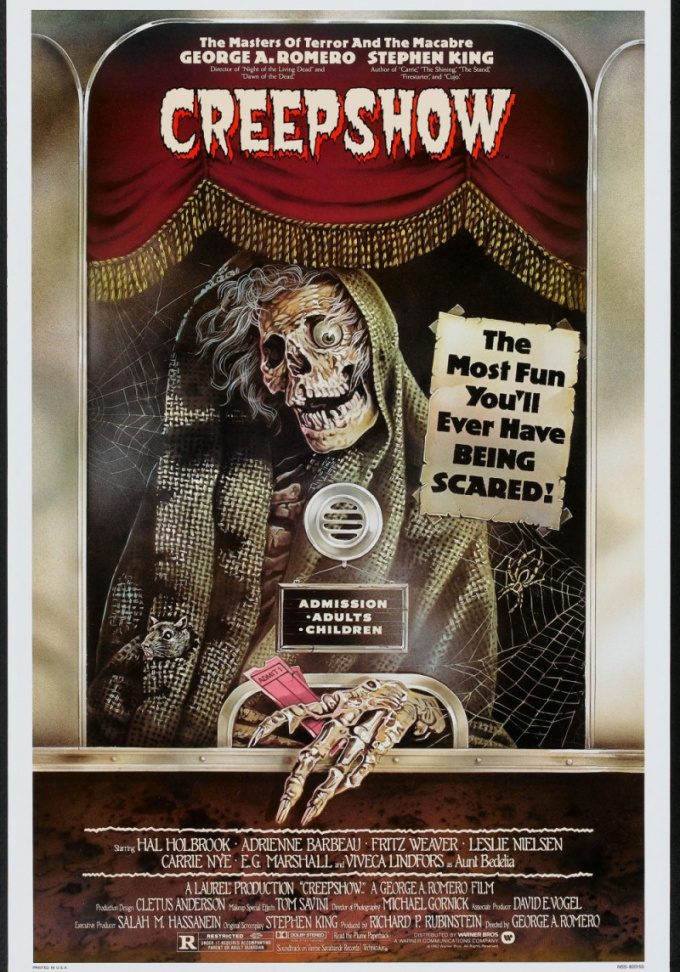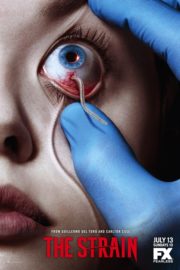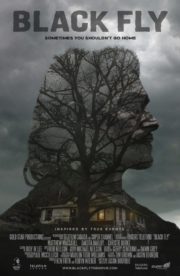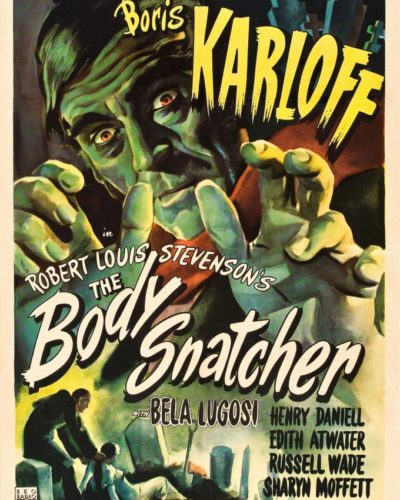“I got my cake!” – An Ode to the Macabre in ‘Creepshow’
Directed by the horror auteur George A. Romero and penned by the macabre maestro Stephen King, Creepshow (1982) stands as an anthology that tips its moldy top hat to the pulpy horror comics of the ’50s. This cinematic ghoulish gallery consists of five short tales that immerse the audience in terror, laughter, revulsion, and the occasional pained sympathy. From the vengeful corpse in “Father’s Day” to the otherworldly visitor in “The Lonesome Death of Jordy Verrill,” each segment unfurls with the turn of a comic book page, marrying the visceral with the visual, cutting a striking figure in the annals of horror.
Comic Panels to Panic: Crafting a Visual Nightmare
In crafting Creepshow, Romero and King pay homage to the EC comics tradition, where lurid colors and sensational tales reigned supreme. The atmosphere alternates between tongue-in-cheek humor and spine-chilling horror, with suspense and a generous dollop of foreboding. Both director and scribe understand the delicate balance of tension and release, and in doing so, they create a diverse emotional tapestry for the genre enthusiast.
The cinematography, a critical component in this homage, is as vibrant and exaggerated as the narrative itself. Stark lighting, shocking color palettes, and dramatic camera angles serve not only to unsettle, but also to nod knowingly at the viewer with a glimmer of self-awareness. Special effects are deliberate in their artifice, embracing the comic strip roots with vivid backdrops and larger-than-life manifestations of terror, leaving a memorable after-image on the cinematic retina.
Every creak, groan, and eerie silence in the soundtrack amplifies the horror elements, with some sequences allowing the unsettling power of quiet to blanket the audience. Meanwhile, the crescendos in the musical score often feel ripped from the frames of a bygone comic book, allowing each visual punch to land with a sonic boom.
Living Terrors: The Flesh and Blood of ‘Creepshow’
The performances across Creepshow‘s ensemble cast add a crucial flesh-and-blood aspect to the otherwise supernatural proceedings. Each actor appears to relish in the hyperbole of their characters’ plights, straddling the line between black humor and palpable fear. Whether it is the disbelief of a man consumed by alien flora or the cackling madness of a vengeful patriarchal specter, the portrayals are consistently engaging and suitably histrionic for the atmosphere presented.
The types of horror elements lurch from the psychological to the supernatural, body horror, and the grotesquely humorous. Creepshow carves its jagged mark into these subgenres but does so with such theatrical flair that the tropes never feel tired. If anything, they are reinvigorated beneath the lurid glow of Romero’s directorial lantern and King’s literary quill.
Techniques designed to unnerve the audience are riotously diverse. Forget the slow-burn; this movie is a carnival ride of jump scares, monstrous revelations, and the stomach-churning tableau. More so, the frights serve as a fantastically grim dance between dark comedy and the kind of fear that makes you laugh just to ward off the shivers.
More Than Screams: Echoes of Satire and Social Critique
Peek between the creases of terror, and a sturdy weave of satire threads through the tales. Social commentary on environmental destruction, the frivolous elite, and the underestimations of rural intellect offers a gnawing depth that transcends mere scares. Horror is not just the medium of expanding King and Romero’s imaginations, but also their bullhorn for trumpeting the less savored aspects of society and humanity.
As a horror movie, Creepshow sidesteps pure terror for a broader array, officiating at the marriage of morbid fascination and visual thrill. While perhaps not entirely innovative in its approach, the film revives a genre past and infuses it with modern acuity, producing a product wildly entertaining, if not profoundly unsettling.
Horror aficionados will appreciate the tales’ traditional roots and Romero’s keen craftsmanship. At the same time, casual viewers will find the segments accessible, differently digestible, and refreshingly self-contained.
In comparison to contemporaries such as “Tales from the Crypt” or the modern “Trick ‘r Treat,” Creepshow holds its ground as a cornerstone anthology, brimming with ghoulish charisma and ingeniously repackaged tropes.
The Final Reckoning: To Watch ‘Creepshow’ or Not?
George A. Romero’s and Stephen King’s Creepshow is an evocative mosaic of the macabre. Its strengths lie in its faithful reproduction of a bygone era of horror, its creative visuals, and its ability to extract laughter just as readily as screams. Whilst the performances may be criticized for being over-the-top by the standard of realism, they’re pitch-perfect for the film’s heightened reality.
Sensitive viewers should be warned: the film showcases graphic content typical of ’80s horror, though it’s interspersed with humor that softens the visceral blows. On balance, Creepshow earns its place as a must-watch for those who enjoy their chills served with a side of chuckles.
The movie holds a funhouse mirror up to society’s anxieties, presenting them in a manner that’s as reflective as it is entertaining. For those seeking an anthology that doubles as a historical time capsule of horror stylings, Creepshow will not disappoint. It’s a cinematic ghast ruled by equal parts nostalgia and nightmare, and it demands to be experienced, preferably with the lights dimmed and the expectations high.




